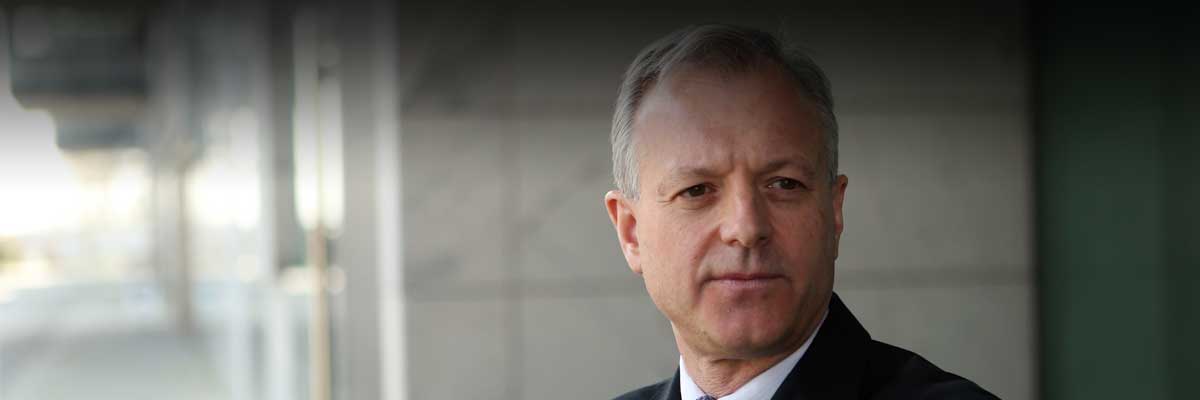Motivational Interviewing Training Research
Motivational Interviewing Training Research
Motivational Interviewing Training Research 2017- Present
Motivational Interviewing Training Research 2017- Present
Scales, R., Meister, J. M., Pallagi, P. J., Patnaud, J., Ivy, C. C., Fitz-Patrick, D., Buckner Petty , S., Vorseth, K. S., Fernandes, R., Van Nuland, S. E. (2020). Alternate methods of healthcare delivery in Physical Medicine and Rehabilitation: Clinician attitude after medical education. Archives of Physical Medicine & Rehabilitation, Abstract 1382006, 101, 11: E71-72. DOI: http://doi.org/10.1016/j.apmr.2020.09.217.
Scales, R., Meister, J. M., Pallagi, P. J., Patnaud, J., Ivy, C. C., Fitz-Patrick, D., Buckner Petty , S., Vorseth, K. S., Fernandes, R., Van Nuland, S. E. (2020). Alternate methods of healthcare delivery in Physical Medicine and Rehabilitation: Clinician attitude after medical education. Archives of Physical Medicine & Rehabilitation, Abstract 1382006, 101, 11: E71-72. DOI: http://doi.org/10.1016/j.apmr.2020.09.217.
Value-driven reimbursement may challenge clinicians to improve patient adherence and clinical outcomes with alternate methods of healthcare delivery. This investigation evaluated the attitude of Physical Medicine and Rehabilitation (PM&R) clinicians to incorporate technology and motivational interviewing (MI) strategies into clinical practice. A confidential pre and post survey evaluated the needs, demands and attitude (0-10 Likert scale) associated with the role of technology to enhance the patient experience and the clinician’s responsibility to increase patient adherence. Pre to post change in scores was analyzed using Wilcoxon signed-rank tests with continuity correction. A self-selected group was recruited from an outpatient PM&R setting. Twenty-two practitioners (82% physical therapists, 70% female) received a 30-minute classroom presentation taught by a medical educator. Time series still image photography was used in combination with an interactive three-dimensional virtual tour to illustrate the strategic design of a PM&R workspace. Video recordings of a role play between a clinician and a standardized patient living with chronic pain demonstrated an in-person clinical encounter. There were four examples of technology: (1) touchscreen display monitors to interact with the patient (2) video recording and analysis of a physical performance evaluation with the capacity to send images to the Electronic Medical Record (3) Movement Sensor Technology that quantifies objective metrics about movement and performance and (4) a Connected Health mobile device (m-Health) application that enables the clinician to monitor and prescribe a home treatment plan. Attitude scores increased significantly about the role of technology to enhance the patient experience (7.4 vs 8.7, SD=1.4, p<0.001) and the clinician’s responsibility to increase patient adherence with a prescribed home exercise plan (7.0 vs 7.9, SD=2.0, p<0.05). No one was opposed to using the examples of technology in their future practice. The majority was interested in learning more about MI (86%) and clinical applications of technology (100%). Everyone agreed that further research was needed. Clinicians in this pilot study were receptive to alternate methods of delivering PM&R.
Motivational Interviewing Training Research 2007-2010
Motivational Interviewing Training Research 2007-2010
Scales, R., Inlander, R., Miller, J. H., Akalan, C., Thome, D., Castaldi, P., Humphrey, R. (2010). An investigation of teaching methods to introduce motivational interviewing into a physical therapy school program. Physical Therapy Journal Online, Annual Conference Abstracts, 142-RR.
Scales, R., Inlander, R., Miller, J. H., Akalan, C., Thome, D., Castaldi, P., Humphrey, R. (2010). An investigation of teaching methods to introduce motivational interviewing into a physical therapy school program. Physical Therapy Journal Online, Annual Conference Abstracts, 142-RR.
Motivational interviewing (MI) is a focused method of communication that has demonstrated success in improving the health behaviors of clinical populations. However, MI is not generally taught in health science school programs. This pilot study was designed to evaluate two methods of teaching motivational interviewing (MI) in a physical therapy (PT) school program. Fifty-four first and second year PT students (76% female) with no prior teaching in MI volunteered as participants in the study. The students were randomly assigned to receive 1.5-hours of classroom (N=25) or computer-based (N=29) teaching in MI. The content of the two interventions were standardized for consistency and focused on two of twelve topics that are typically taught in a standard two-day MI training workshop. The teaching methods in both groups were designed to be interactive and included a demonstration of MI. The classroom intervention was taught by two experienced MI trainers and the computer-based approach to teaching MI used multimedia technology in the form of a DVD prototype. A series of confidential questionnaires were used evaluate the teaching process and the impact on learning. Dependent and independent sample t-tests were used to determine the difference between pre and post-testing in both groups and also make a comparison between the groups. The students in both groups significantly improved self-evaluation scores of perceived proficiency in MI (p<0.05), attitude consistent with MI (p<0.05), intentions to use MI (p<0.05) and scores on a knowledge test (p<0.05). In addition, both groups gave a high rating for the extent to which the interventions helped the learner meet predetermined teaching objectives. There were no significant differences between groups on any of the outcome measures (p>0.05). The findings of this preliminary investigation show that it is feasible to teach MI in a PT school program. It is recommended that a computer-based program be developed to teach an entire course on MI and that it be compared with classroom teaching.
